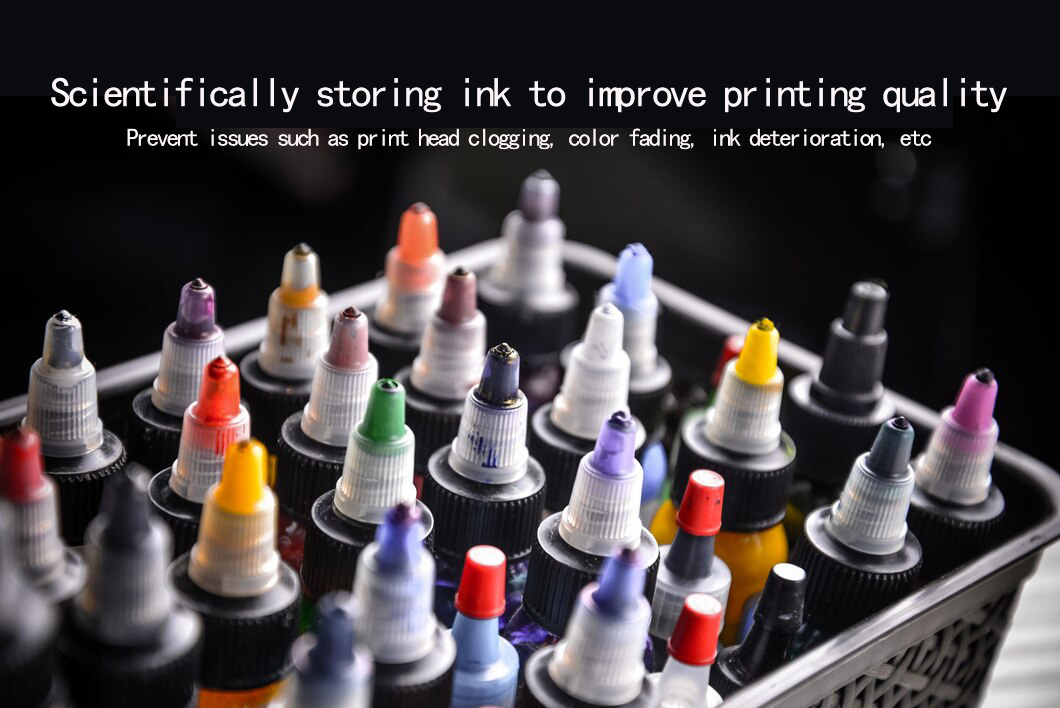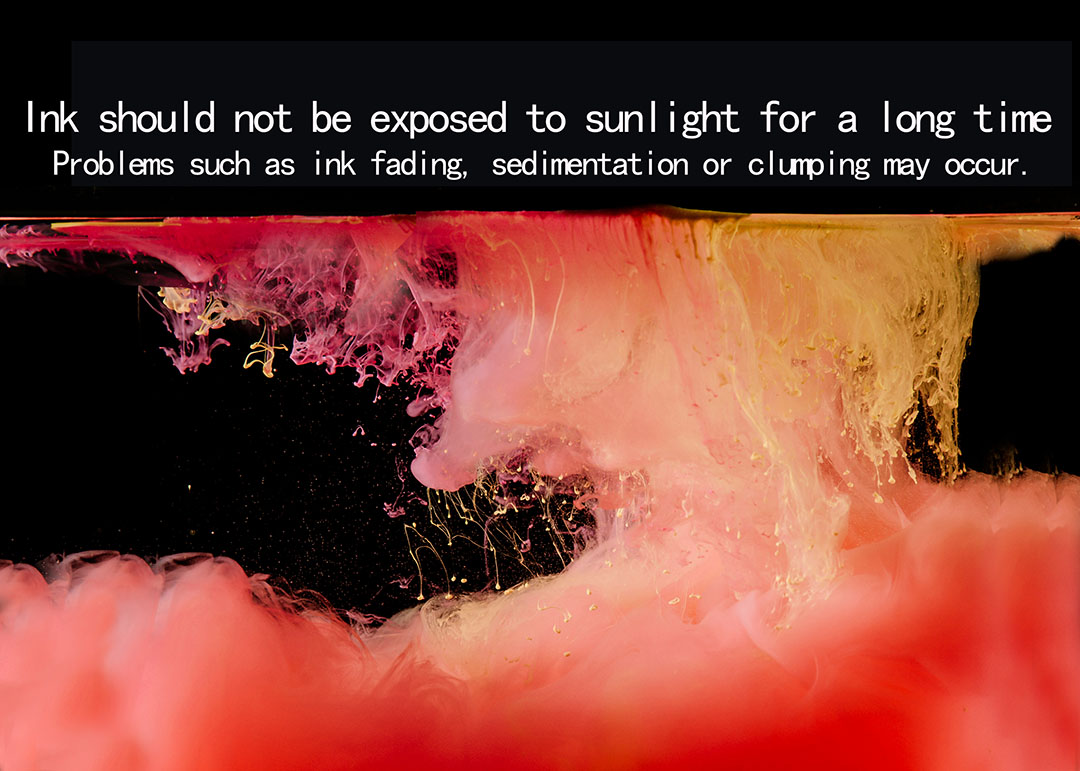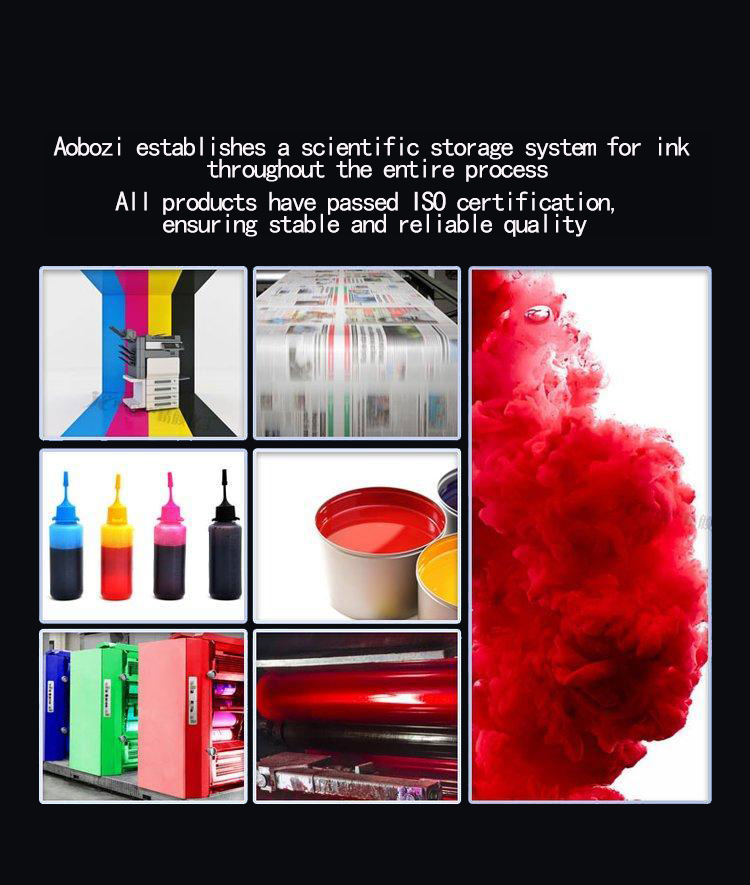Ink is a vital consumable in printing, writing, and industrial applications. Proper storage affects its performance, print quality, and equipment longevity. Incorrect storage can cause printhead clogging, color fading, and ink degradation. Understanding correct storage methods is essential to maintain ink effectiveness.

Master the scientific storage method of ink
Table of Contents
Store away from light: Ultraviolet rays are an invisible killer of ink.
Sealed storage: Maintaining formula stability.
Controlled storage environment: Balancing temperature and humidity.
Responsible use of expired ink.
Aobozi inks utilize fully enclosed, light-proof workshops and temperature-controlled warehouses.
Store away from light
The dyes and pigments in ink are light-sensitive. Prolonged sunlight exposure can cause fading, precipitation, or clumping due to photochemical reactions. For instance, dye-based inks may fade within 24 hours under strong sunlight, while pigment-based inks can clog printheads from particle buildup. To prevent this, store ink in a cool, dry place away from sunlight. Use light-proof containers or cabinets if possible.

Ink should not be exposed to sunlight for a long time
Sealed Storage
Unused or temporarily unused ink should be stored sealed, with the cap securely fastened to prevent the ingress of dust and debris. This not only prevents ink evaporation but also prevents impurities from clogging the printhead.
Controlling the Storage Environment
Ink is highly sensitive to temperature and humidity. High temperatures speed up solvent evaporation and increase viscosity, while low temperatures may cause freezing or separation. Excessive humidity can lead to moisture absorption and clumping, whereas very low humidity may result in surface crusting. The optimal storage conditions are 16–28°C and 55–65% RH.
Responsible Use of Expired Ink
Expired, unused ink may still be usable if it has a uniform, clear color and no noticeable sedimentation. First, shake the ink bottle vigorously, or use a stirrer or blender at a moderate speed to evenly distribute the ingredients. If the ink returns to normal after shaking, it is likely due to sedimentation and can be used normally.
Aobozi has implemented a scientific ink storage system throughout the entire process. By using fully enclosed, light-proof workshops and temperature-controlled warehouses, Aobozi precisely manages temperature and humidity to prevent ink deterioration. The company uses imported German filtration lines and fully automated filling equipment to ensure dust-free and clean ink production and storage. All Aobozi products are ISO-certified, guaranteeing consistent and reliable quality.

Aobozi uses fully enclosed, light-shielded workshops and temperature-controlled warehouses.

Post time: Aug-11-2025
